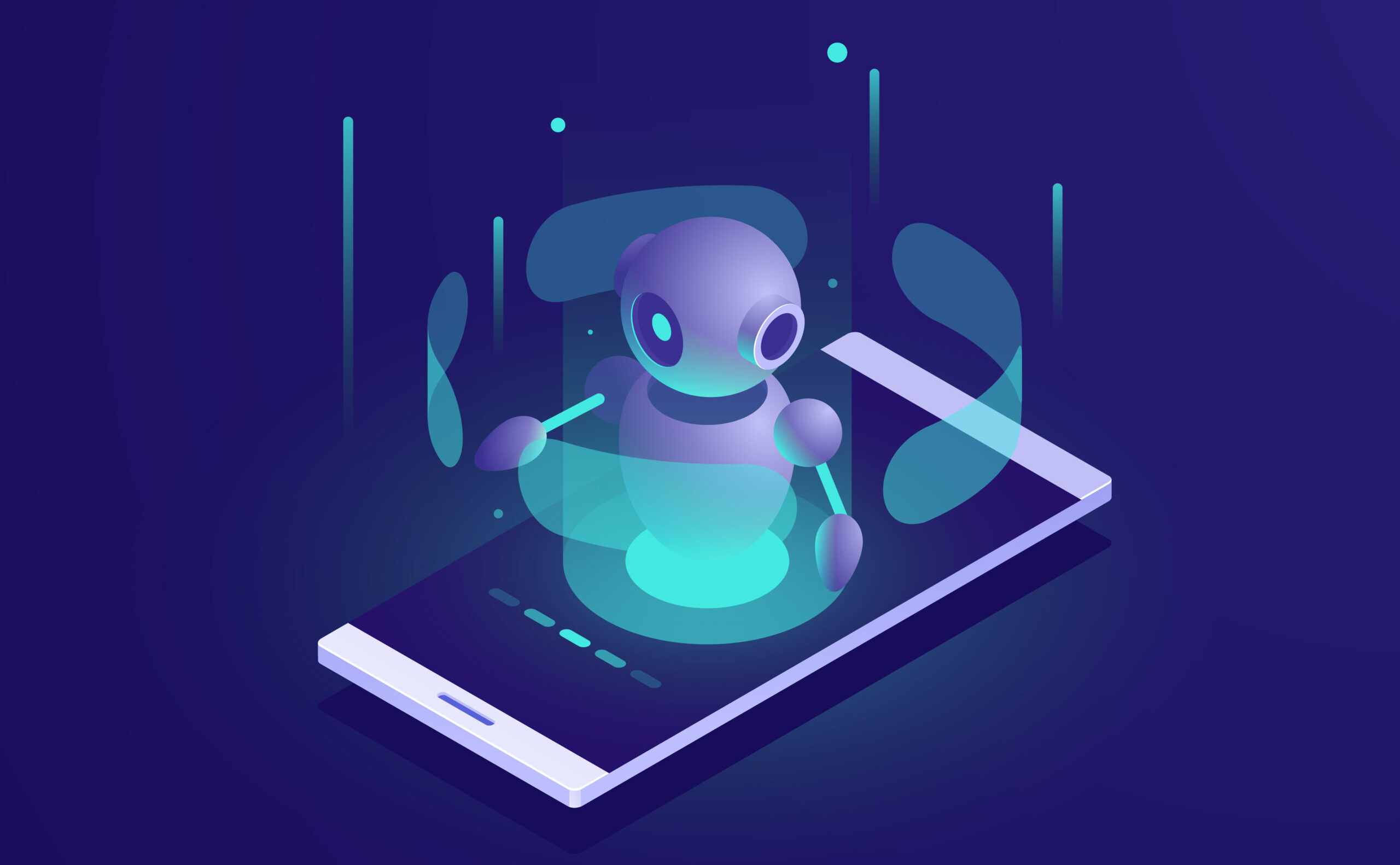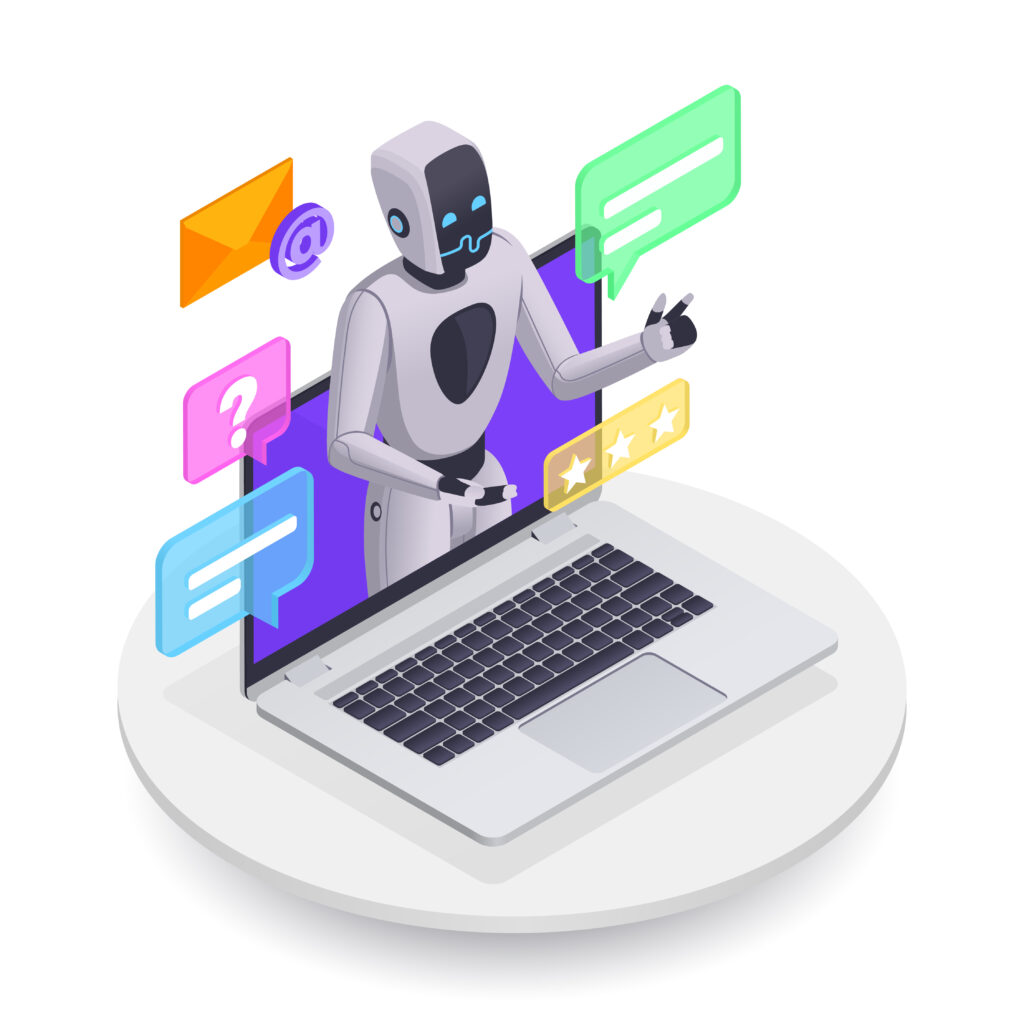M+E Connections

M&E Journal: AI Accelerating the M&E Content Supply Chain
Story Highlights
Since there tends to be confusion and misunderstanding of what AI is and is not and how it relates to things like machine learning, deep learning, and generative AI, let’s start with a brief history of AI.
Contrary to public belief, AI isn’t a new concept.
It all started in 1956 at a conference where researchers birthed artificial intelligence as the field of computer science that seeks to create intelligent machines that can replicate or exceed human intelligence. Machine learning (ML) is a subset of AI that was developed in 1997 to enable machines to learn from existing data and improve upon that data to make decisions or predictions.
Deep learning is a more recent area that was established in 2017 and is a machine learning technique in which layers of neural networks are used to process data and make decisions … basically, attempts to simulate the behavior of the human brain.
 In 2021, generative AI was born as a type of AI that uses deep learning techniques to create new written, visual, and auditory content given prompts or existing data.
In 2021, generative AI was born as a type of AI that uses deep learning techniques to create new written, visual, and auditory content given prompts or existing data.
This is the area where large language models like ChatGPT and Bard or image generators like Stable Diffusion, Midjourney and DALL-E and audio generation tools like VALL-E have recently gained their claim to fame.
To help put those generative AI models into perspective, let’s use an M&E analogy of producing a movie or TV show where you have the director, the sets and the actors coming together for the production itself.
Think of AI companies like OpenAI as the directors creating the broad AI architectures. AI models like GPT4 are the sets and actors.
These template models come in all shapes and sizes and have differences that make them unique, like understanding language, while others are made for images, etc.
The unique purpose-built model and interface like ChatGPT’s online chat are the production, as they take the models and customize them to a unique use case and experience.
THE AI FUTURE FOR CONTENT SUPPLY CHAIN
Now how does AI help within the M&E content supply chain? As I’m sure you all know, the content supply chain is a large and complex space. It’s easy to get bogged down by all the complicated workflows and processes. But what parts add value, and are the things we enjoy doing?
The parts of their work that people love, the reasons they keep coming back or find fulfillment: that’s their craft. Everything else? From forms to paperwork, to routine tasks to logistics — that’s the stuff.
Companies and the M&E industry win when they help their employees focus on the craft and work to eliminate the stuff.
If we focus on the key areas of the supply chain, from ideation and creation through to editing and distribution, and consumption and monetization, there’s a lot of stuff day-to-day that we can start simplifying with AI.
At EPAM, we’re already seeing significant productivity gains and cost savings for ourselves and our clients by integrating Generative AI into day-to-day activities.
IDEATION AND CREATION
Let’s start by looking at the AI opportunities within the ideation and creation part of the content supply chain. This is heavily creative, but AI can be a great accelerator around things like:
# Helping writers to generate draft idea starters or sounding boards for script development of movies, TV shows or other media content based on historical and current audience trends.
# Leveraging the script and director’s vision to create draft visual storyboards.
# Leveraging AI to create thematic script summaries by character to help actors and directors prep for their script readings.
# It can even help draft content acquisition valuations and plans based on the script, pilot, similar titles, and historical and current audience trends.
# From a planning perspective, AI can help generate template orders for the various title versions and localization based on historical titles, similar genres, and cast members.
# From a visual perspective, it can create virtual set imagery for virtual production stages and venues based on the script and director’s vision.
# And you can even have intelligent metahumans (think AI tied to computer vision and a high-fidelity human avatar) that you can speak and interact with as virtual stand ins for actors, background extras, or script readers in a pinch.
EDIT AND DISTRIBUTION
Moving onto editing and distribution, that’s where AI can shine even more to help accelerate those workflows. For instance:
• The simple yet tedious tasks of tagging metadata to content can be done by AI leveraging computer vision to recognize objects, actors, and sentiment.
• It can take all the disparate video footage and assemble stringouts based on the dialogue and camera angles.
# For things like initial rough cut, color correction and color grading, AI can help determine the shot selection and trimming based on “interestingness” and tweak coloring based on director style and preferences, genre, etc.
 # Leveraging image generators, you can dynamically generate visual effects based on shot descriptions, storyboards, and director style.
# Leveraging image generators, you can dynamically generate visual effects based on shot descriptions, storyboards, and director style.
# And through audio generators, you can generate sound effects or use AI to suggest sound effects to accompany scenes based on the script and existing audio assets in your MAM system.
# It gets even more interesting as we look at content distribution and localization, as AI can generate translated subtitles, closed captions, dubbing scripts, and voiceovers in various languages and adjust the video footage to match.
# Based on the content schedules and delivery templates, AI can also dynamically generate classifications and content packages for various distribution partners.
CONSUMPTION AND MONETIZATION
Lastly, from the consumption and monetization part of the content supply chain:
# AI models can be built to look at current rights and avail information to automatically know when it’s time to distribute media content through various channels such as social media, streaming platforms, and traditional distribution channels.
# From a monetization perspective, it can help provide insights on customer behavior patterns and use that to propose various monetization strategies for advertising, subscription-based models, and pay-per-view.
# It can predict when there will be user churn based on their activities and proactively propose new product offer bundles based on existing products, user data and user interests.
# And even automatically create short form personalized ad or pro- mo content based on analysis of past user engagement and existing digital assets that would be relatable.
# From a user experience perspective, it can generate truly personalized user experience and content recommendations based on the user’s viewing history and preferences.
# Through large language models, it can interactively engage users through chatbots, quizzes and games.
# You can even leverage a virtual metahuman paired with generative AI to have a conversational metahuman assistant for customer support that can address simple questions or pass over to a shared call center behind the scenes for harder questions.
THINGS TO CONSIDER
As you can see, there’s a lot of potential for AI. That brings us to the things to consider. As with any new technology, there are expected and unexpected challenges that you will run into, and AI is no different.
These are a few expected challenges to consider:
# AI models require training just like the people who are going to use them.
# If you kept up with the writer’s strike, you knew AI was a big part of their concern. There is a lot of fear, uncertainty, and doubt about AI’s place within M&E.
# Especially the multitude of intellectual property rights concerns since AI laws are still being defined.
In addition to those, there are many unexpected challenges that AI adopters need to consider:
# AIs don’t think or feel like humans do. Although they seem more human-like, LLMs do not have common sense, a sense of humor, or sensitivity/appropriateness.
# Language is more nuanced than what LLMs can predict. Because of this, one may find applications to be repetitive in responses.
# They only know what you tell them. Trained models that are not maintained can quickly become irrelevant or outdated.
# It’s not a one-and-done, standalone solution. Implemented models need continual fine-tuning, integration, and updated APIs to make them effective.
# Your data’s biases become their biases. Models can come pre-trained on data. This data can be biased, hard to remove and make the down- stream application biased.
# It’s not always acceptable for high-risk applications; models can still have vulnerabilities and get answers wrong depending on the model architecture.
When it comes to implementing AI solutions, organizations need to build their technical ability to support new products, but equally as important is to consider governance, ethics, and legal processes around AI tools.
 Keep in mind that AI:
Keep in mind that AI:
# Is a probabilistic model – expect the unexpected: AI is not designed to obey strict policies; therefore, restricting its responses’ spectrum could prove complex in practice.
# AI is trained on data that you need to supply. In many cases, the data needs to be delivered to the model’s company (i.e., OpenAI), and you need to ensure they have security of the data.
# AI accumulates data to continuously refine and improve, so removing data from its knowledge base is not straightforward.
With great AI power comes great AI responsibility.
At EPAM, we have had a lot of experience building and implementing responsible AI solutions to address these challenges and limitations.
It’s critical to take a holistic approach when you’re building a responsible AI solution to make sure it’s explainable, ethical, and trustworthy so that you can have confidence around what it does, why it does it, and that doing things in a secure manner, while making sure it’s considering business context and adhering to governance and laws so that you have a truly responsible AI solution.
CONCLUSION
I just want to leave you with this final thought. The use of AI is still early on and we’re still writing the narrative for how it’ll impact the M&E space. Keep in mind that it’s not a silver bullet on its own, and its impact lies in the intersection of people, processes, and tools.
How we responsibly leverage AI, and that balance is what will determine whether AI is an opportunity that can help the M&E industry accelerate and grow together, or whether it’s a threat where we’ll be left behind in its wake
* By Dave Liu, Principal, Business Consulting, EPAM Systems *
=============================================
Click here to download the complete .PDF version of this article
Click here to download the entire Winter 2023 M&E Journal









